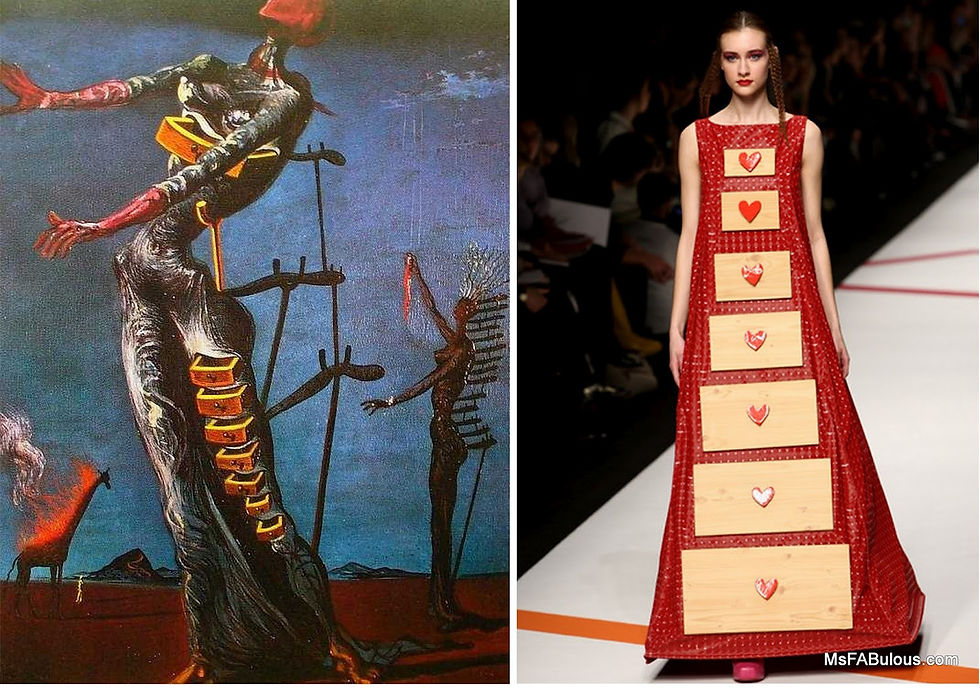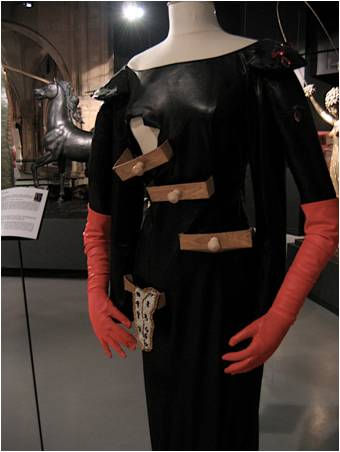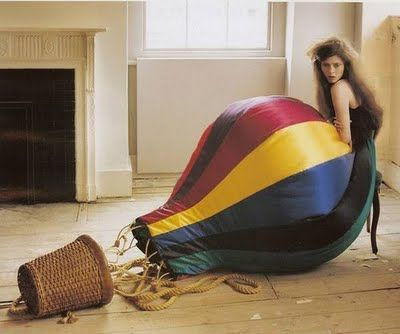
Avant-garde of early 20th century
Through time, art has tried to innovate, to show what happens. There is a figurative reason behind: the portrait of a reality. Little by little they abstract, basically because of the appearance of photography, that already captured reality the way it was and gave art the task to redefine itself. At the end of the 19th century, with the emergence of the Avant-garde and the Avant-garde of the 20th century art got a new concept. In the Avant-garde, new meant breaking with the previous.
FUTURISM
It started in 1909 with a Futurist Manifesto by Filippo Tommaso Marinetti. It tried to globally address the life of individuals. There was an adoration for mechanization that translated in an adoration for war and movement.
-
Futurism condemned Fashion morally. However, willing to design every aspect of an individual's life they also ended up designing the perfect outfit for the futurist man. This outfit was part of the art that was part of daily life.
-
Giacomo Balla was one of the main designers and thought that Fashion, clothing, was the reflect of our personality. In his masculine futurist suit he presented patterns, bright colors. Balla considered that clothing affected the way people thought, and he was passionate about fluorescent colors and lines. He designed 'variable' outfits that were modifies through the addition of pieces with buttons. His pieces used varied materials and were asymmetrical.
-
Fortunato Depero was another designer who out stood because of his vests, that had very bright patterns. He collaborated with Vogue and Vanity Fair.
-
Ernesto Michaelles wanted to develop cloths and shapes that were unisex. He used a very economic cloth and seven buttons.
-
Tullio Crali's images can be related with cubism, although he was purely futurist. The line wasn't really strong and sometimes his clothing could not be included in just one style.
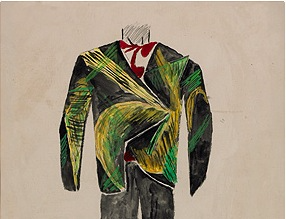
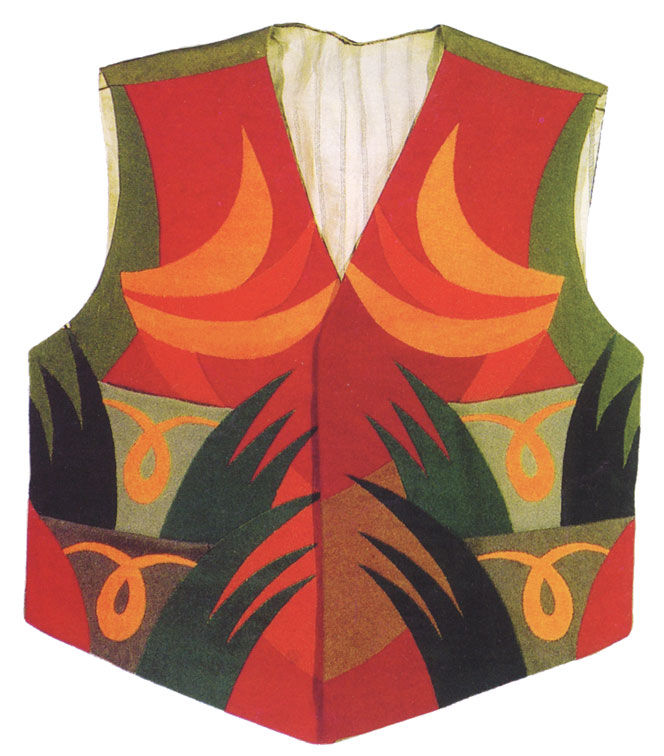
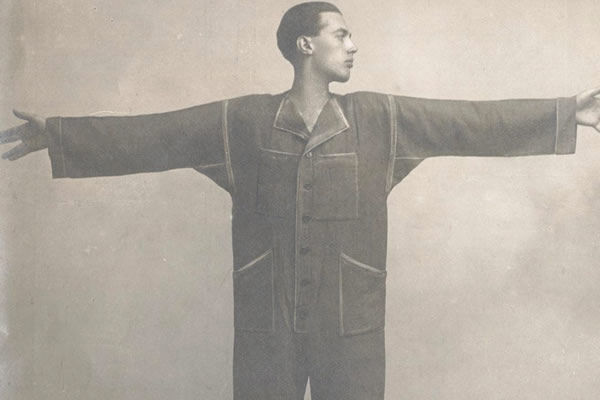





CUBISM
It became a movement with Picasso y Braque (1906-1908). The were aiming to give a radical change to art. It broke with the classic geometry that only gave one point of view. They were trying to give in one same piece of art four different points of view in order to give more information about the inside of objects.
-
There were two types of cubism: analytic and synthetic. Analytic cubism was about the decomposition of the formation and had no interest in color, while synthetic cubism was about the reconstruction of the object and worried about color.
-
In Fashion, this translated into shape geometrisation. Clothes were asymmetric and had bright colors. Volume was reduced and the female silhouette was not that clear. This pieces were about the user. The planes of painting were traduced into layers.
-
Orphism was the most abstract side of Cubism developed in Paris. Sonia Delaunay out stood because of her patterns, lines, basic shapes, bright colors and remnant style.
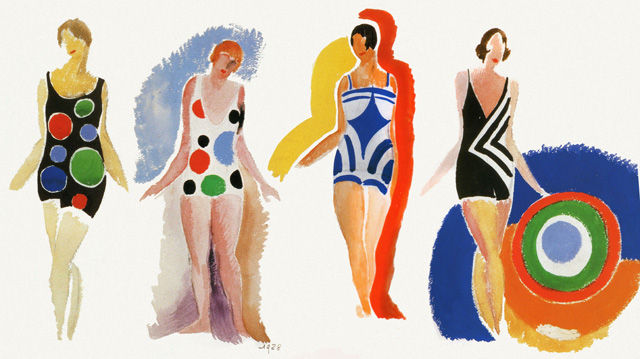
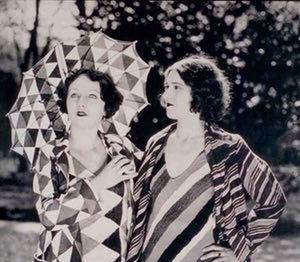
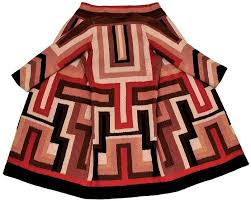
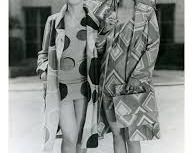




CONSTRUCTIVISM
It talks about construction and that's why it affects graphic design and architecture more, because of its high ideological base. It was associated with Communism and used as a tool to transmit messages to the people. The diagonal has a lot of power, and typography was also very important.
-
Tatlin redesigned Fashion. The color range stays the same. Clothing items are for the worker, and he tries to make them comfortable and designed for a long duration.
-
Popova, another more artistic designer tried to tell a more political message through design.
-
Stepanova, another designer, creates clothes in which black and red predominate and develops a textile pattern that evokes movement.
-
Mukhina was a poster designer with patterns so that women could make their own dresses following the trends of the moment. The design had basic geometric elements and grey, red, black and white colors.

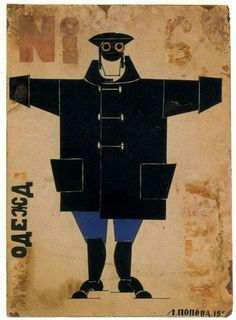
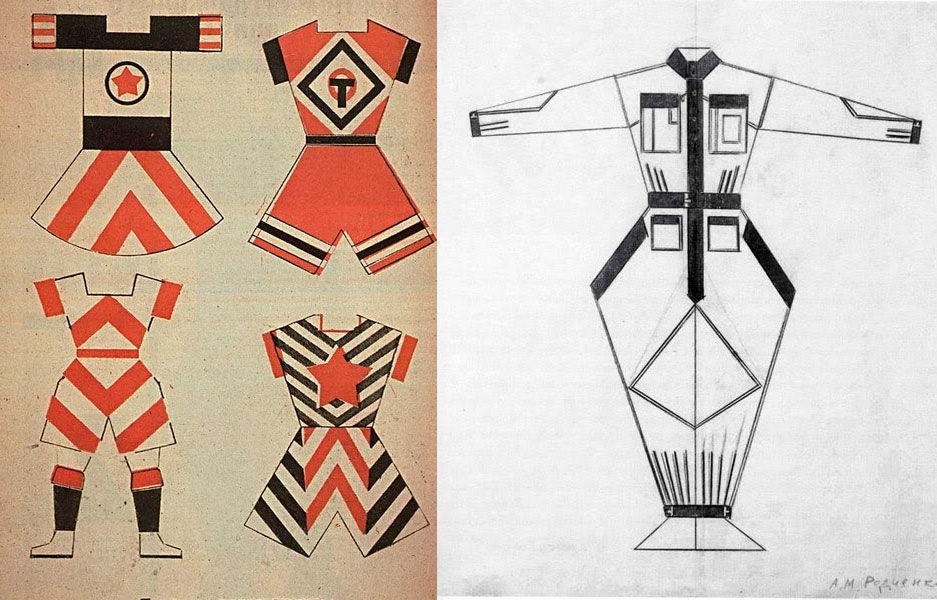
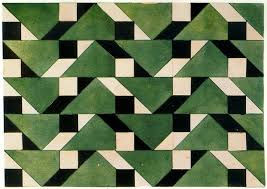




SURREALISM
Tries to manipulate reality. It starts with Literature and spreads to all different arts. It explores lo unexplored and is based on the dreams, the subconscious and Freud.
-
Salvador Dalí was the main artist.
-
Margine created catalogues.
-
Schiaparelli created surrealist pieces and peculiar patterns. He based on Dali's 'Venus with drawers' to create a dress with drawers. Color was very important, as well as ornaments and embroidery. He understood Fashion as an Art. He was very creative and tried to address Fashion from the surcharges.
